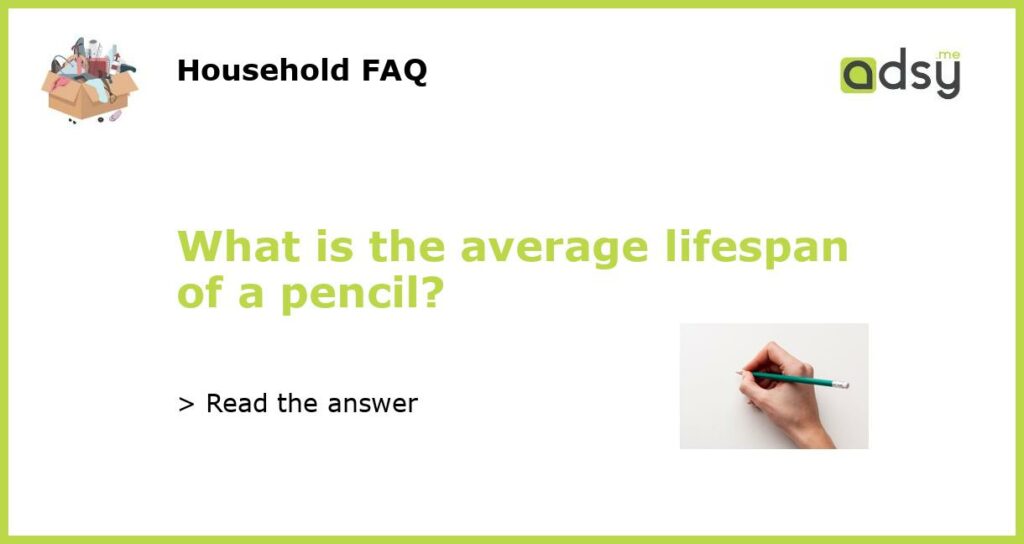The History of Pencils
Pencils have been used for centuries as a tool for writing and drawing. They have evolved over time, from simple sticks of graphite or lead to the convenient and versatile instruments we know today. The history of pencils dates back to ancient civilizations, where scribes and artists used various materials to create marks on surfaces.
One of the earliest forms of a pencil was the stylus, a thin metal or bone instrument used to write on wax tablets. These tablets were popular in ancient Greece and Rome, and the stylus allowed for easy erasing and rewriting. However, these early writing instruments did not have the graphite or lead core that is characteristic of modern pencils.
The modern pencil as we know it today was developed in the 16th century. It was during this time that graphite was first discovered in Borrowdale, England. The graphite was initially used for marking sheep and was found to be an excellent material for writing and drawing. The graphite was wrapped in string or paper to create a more comfortable grip and protection from breaking.
The Lifespan of Pencils
The average lifespan of a pencil varies depending on various factors such as usage, quality, and care. A high-quality pencil with a dense graphite or lead core can last for a few months or even years with regular use. However, a lower-quality pencil with a softer core may break or wear down more quickly.
The lifespan of a pencil also depends on how often it is sharpened. Sharpening a pencil too frequently can lead to more waste and a shorter lifespan. On the other hand, if a pencil is not sharpened enough, it may become difficult to write or draw with.
Proper care and storage can also extend the lifespan of a pencil. Keeping pencils in a case or pencil holder can protect them from being damaged or broken. Additionally, using a pencil cap or eraser cap can prevent the graphite or lead core from breaking when not in use.
Environmental Impact of Pencils
Pencils are often touted as an environmentally-friendly alternative to pens due to their wooden construction and ability to be sharpened. However, pencils still have an environmental impact, albeit a smaller one compared to other writing instruments.
The main environmental concern with pencils is the deforestation associated with the production of wooden pencil casings. Wood sourced from unsustainable logging practices can contribute to habitat destruction and loss of biodiversity. To mitigate this impact, some pencil manufacturers use sustainably sourced wood or recycled materials for their casings.
Another environmental consideration is the disposal of used pencils. While pencils are typically made of wood and graphite or lead, which are biodegradable, the metal components found in some pencil sharpeners and erasers may not be. It is important to dispose of pencils and their associated accessories responsibly, either through recycling or proper waste management.
Pencil Alternatives
While pencils are a popular and versatile writing tool, there are several alternatives available for those looking for different options. Some common alternatives include:
- Pens: Pens offer a variety of ink types, including gel ink, ballpoint ink, and rollerball ink. They come in different point sizes and colors, making them suitable for various writing and drawing needs.
- Markers: Markers are ideal for bold and vibrant writing or drawing. They come in different tip sizes, with options for permanent or temporary ink.
- Mechanical pencils: Mechanical pencils use a thin lead that is automatically advanced as needed. They eliminate the need for sharpening and come in various lead sizes.
- Tablets and styluses: With the rise of digital technology, tablets and styluses are becoming popular for digital drawing and note-taking. These devices offer a range of features, such as pressure sensitivity and palm rejection.
The average lifespan of a pencil can vary depending on factors such as usage, quality, and care. A high-quality pencil can last for several months or even years with regular use, while a lower-quality pencil may break or wear down more quickly. Sharpening frequency and proper storage can also impact the lifespan of a pencil. Additionally, pencils have an environmental impact, particularly through the deforestation associated with wooden pencil casings. However, using sustainably sourced materials and properly disposing of pencils can help mitigate this impact. Alternatives to pencils, such as pens, markers, mechanical pencils, and digital devices, offer various options for writing and drawing needs.






